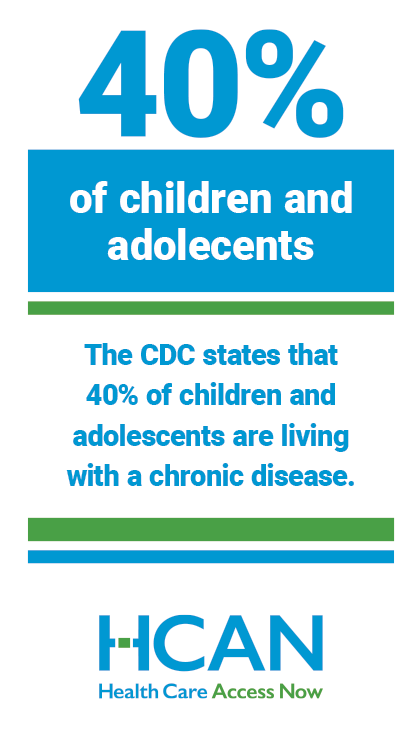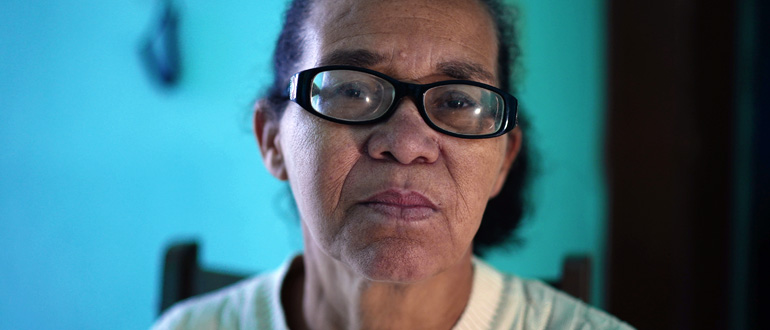Children and Chronic Illness

Anyone, at any age, might be diagnosed with a chronic illness. The Centers for Disease Control and Prevention (CDC) states that more than 40% of children and adolescents have a chronic disease. Types of chronic illnesses affect kids in different proportions than adults. Some of the most common chronic illnesses that children might have include asthma, obesity, and tooth decay.
How does chronic illness affect kids’ success at school?
Having a chronic illness can increase children’s likelihood of missing school, and chronic absenteeism has been found to be linked with poorer academic achievement. Certain school programs and increased support can help students with chronic illnesses achieve at the same rate of their peers.
For example, kids with asthma can often benefit from school programs that help them to do things like manage medication. Schools can use the Asthma-Friendly Schools Toolkit to build a program that increases services and education and fosters a healthy school environment.
School fluoride varnish delivery programs have been reducing the number of kids aged 3-19 with tooth decay, which can be very painful. “Left untreated, tooth decay can put children at risk for chronic pain, impaired development, disfigurement, and social isolation. In severe cases, bacteria from a tooth infection can even travel to the brain and cause death,” according to the National Institute of Dental and Craniofacial Research.
By addressing chronic illness in school settings, kids miss less instruction time than they would if they had to go to the doctor off-site. This is also helpful for caregivers because they don’t have to take as much time off work to take children to doctor’s appointments. In school-based solutions for chronic illness, staff work with families to provide agreed-upon care.
Kids and obesity
About 20% of children in the U.S. have obesity. Family income plays a role in the likelihood of childhood obesity, with only about 12% of children with a family income of more than 350% of the federal poverty level (FPL) having obesity versus about 26& of children with a family income of less than 130% FPL.
Childhood obesity has been linked with mental health issues (like anxiety or depression), low self-esteem, and bullying. About 80% of adolescents with obesity will still have obesity in adulthood.
Chronic illness and CHWs
Families of kids with chronic illnesses can benefit from the resources Community Health Workers (CHWs) can provide. Health Care Access Now (HCAN) trains CHWs, so they can go out into the community and work with families to overcome barriers to health care.
For example, a CHW might connect the family of a child with asthma with Legal Aid if their landlord has refused to deal with a mold issue that makes that child’s condition worse.
Chronic illness can be difficult for anyone—of any age—to deal with, but CHWs can help to remove obstacles to managing disease effectively.







